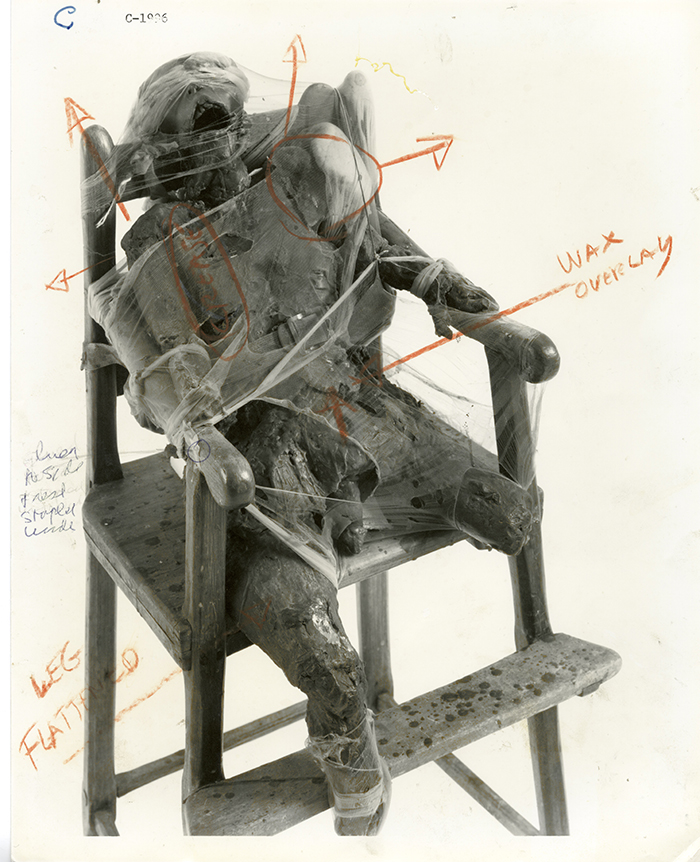While many artists consider pencils and paper to be their essential tools, Andrew Myers prefers his electric screwdriver. For the past several years, the California-based artist has been drilling thousands of screws into pieces of plywood and painting them to make 3-D masterpieces that can be appreciated by both blind and sighted people.
Myers began making what he calls “screw paintings” a few years after graduating from the Laguna College of Art and Design. Up until then he had been making bronze sculptors, but he knew he hit the proverbial nail on the head after witnessing a blind man being led around by a friend who was describing one of his creations at an art show. Arms outstretched, the man ran his fingertips across the piece. In a short documentary film produced by his art dealer, Cantor Fine Art, an art gallery in West Hollywood, California, Myers describes the incredible moment when he witnessed “a blind man who could almost see for a second.”
“Seeing the man smile, it was one of those visceral smiles that comes straight from your stomach,” Myers tells Smithsonian.com. “As an artist, it’s my goal to make people feel something, and the emotional aspect [of this experience] stuck with me.”
The Full Article is Here. Andrew Myers’s website is here. Truly inspired work!






















